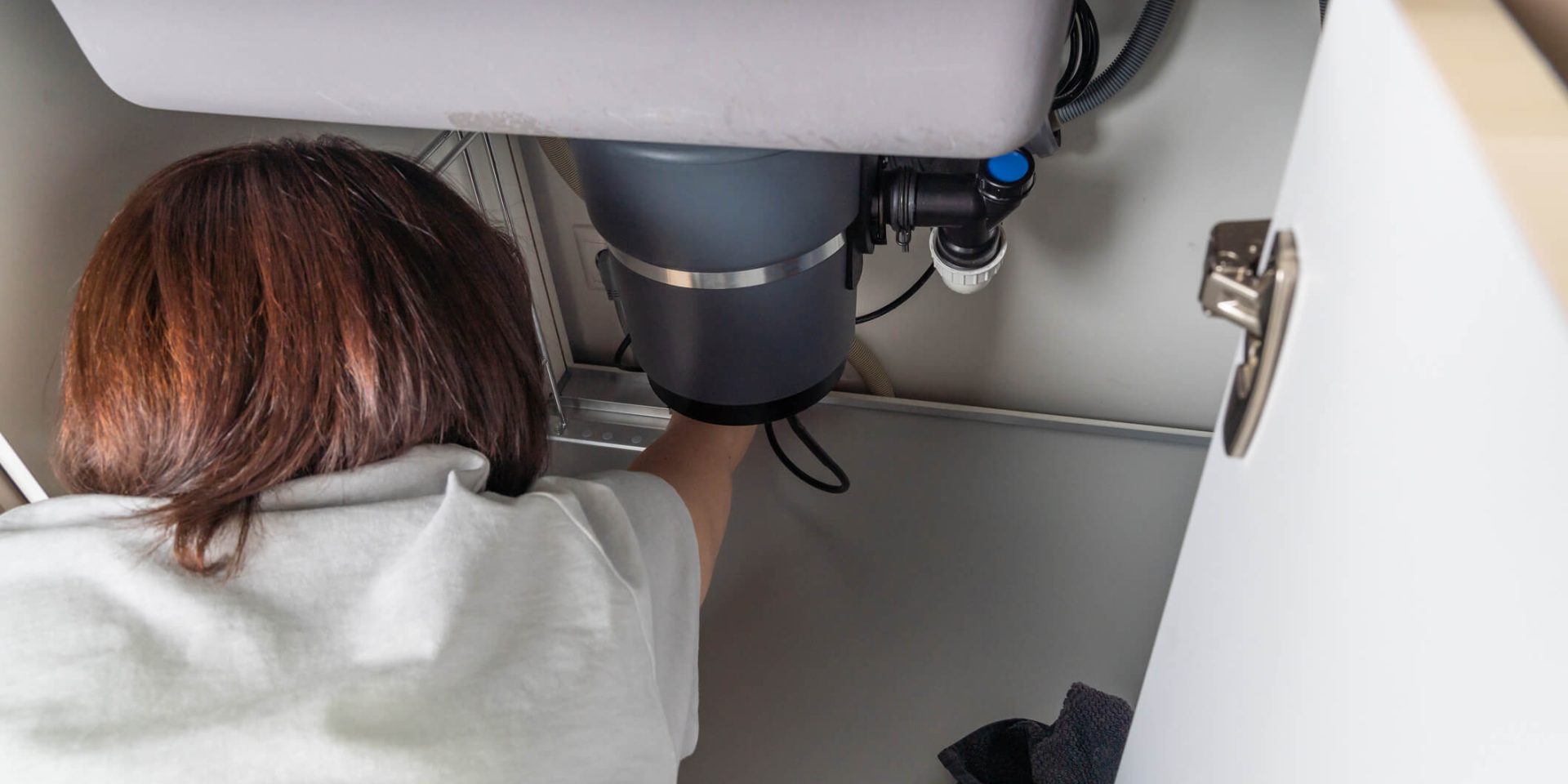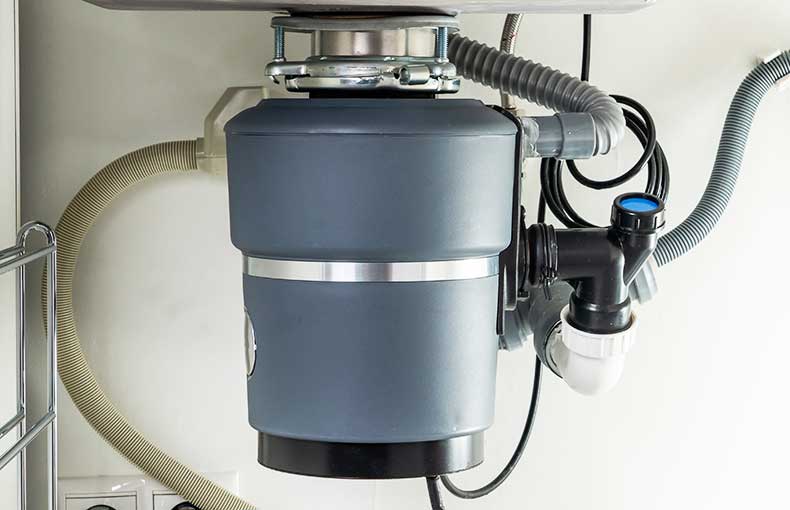Leading Tips for Fixing a Leaking Waste Disposal Unit
Leading Tips for Fixing a Leaking Waste Disposal Unit
Blog Article
Are you trying to locate insight about Why Is My Garbage Disposal Leaking From the Bottom??

Waste disposal unit are necessary kitchen area appliances that aid in getting rid of food waste efficiently. Nonetheless, a leaking waste disposal unit can be a discouraging and messy trouble to handle. Fortunately, lots of leakages can be taken care of easily with a few straightforward steps. In this post, we will certainly talk about exactly how to deal with a leaking garbage disposal effectively.
Introduction
Waste disposal unit are mounted under cooking area sinks and are designed to shred food waste into smaller pieces, enabling it to go through the pipes system conveniently. While these tools are generally reliable, leaks can take place over time due to deterioration, loosened links, or damage to the unit.
Step-by-Step Guide to Dealing With a Dripping Waste Disposal Unit
Turn Off the Power
Prior to attempting any repairs, make certain that the power to the waste disposal unit system is turned off to stop the danger of electrical shock.
Find the Leak
Determine the exact area of the leakage and identify the reason
Tighten Links
Use a wrench to tighten any type of loose connections in between the disposal system and the plumbing system.
Change Seals or Gaskets
If the leakage is because of used seals or gaskets, remove the old elements and change them with brand-new ones.
Patching Cracks or Holes
For fractures or holes in the disposal system, usage epoxy or an ideal patching product to seal the damaged area.
Determining the Source of the Leakage
Prior to trying to fix a leaking garbage disposal, it is necessary to determine the source of the leakage. This can generally be done through visual inspection or by carrying out basic tests.
Visual Inspection
Inspect the waste disposal unit unit very carefully for any kind of signs of water leakage. Pay close attention to areas around seals, gaskets, and connection factors.
Checking for Leaks
One means to check for leakages is by running water through the disposal device and checking for any kind of visible signs of leak.
Common Sources Of Leaks in Waste Disposals
Worn Seals and Gaskets
Seals and gaskets play a critical function in protecting against water from dripping out of the garbage disposal. Gradually, these parts can weaken, causing leaks around the disposal unit.
Loose Connections
The connections between the waste disposal unit and the pipes system can become loose in time, triggering water to leak out throughout operation.
Fractures or Openings in the Disposal Unit
Physical damages to the waste disposal unit, such as fractures or holes in the housing, can also result in leakages.
Tools and Products Needed for Dealing With a Dripping Garbage Disposal
Before starting the repair service procedure, gather the essential devices and products, including a screwdriver, flexible wrench, plumber's putty, substitute seals or gaskets, and epoxy or patching product for repairing cracks or openings.
Evaluating the Garbage Disposal After Fixing
As soon as the repair work is complete, check the garbage disposal by running water via it to guarantee that the leakage has actually been solved.
Preventive Maintenance Tips to Stay Clear Of Future Leakages
To stop future leakages, it is necessary to carry out routine maintenance on your waste disposal unit. This consists of maintaining it tidy, avoiding putting non-food products or difficult items down the disposal, and occasionally checking for leaks or other issues.
Conclusion
In conclusion, dealing with a dripping waste disposal unit is a reasonably simple process that can be completed with basic devices and materials. By following the actions laid out in this write-up and practicing preventative upkeep, you can keep your waste disposal unit in good working problem and avoid pricey fixings in the future.
What to Do About a Leaking Garbage Disposal
A leaking garbage disposal often goes unnoticed until you confront a sopping cabinet, a foul-smelling puddle, or an audible drip-drip-drip from the unit. The fix can be frustrating, too, because the leak can stem from a number of components in the system. Fortunately, with a little sleuthing, you can zero in on the leak and—depending on the exact location—stop the icky oozing and repair the component that caused it. Worst case scenario, if it turns out that the garbage disposal must be replaced, installing a new one is a reasonable do-it-yourself task for those with basic plumbing skills. Read on to keep the cash you’d otherwise hand over to a pro.
Prepare to find the leak
Prior to testing the garbage disposal for leaks, unplug it at the wall outlet and turn off the power from the breaker box to prevent electrical shock. Then insert a watertight sink stopper into your sink drain and wipe the unit dry with a clean cloth. In any handy container, mix a few drops of food coloring into a few cups of water, and pour the dyed water onto the sink stopper to help you locate the leak.
Investigate the source
the top, where the disposal meets the sink drain the side, where the dishwasher hose or main drain pipe connects to the disposal or the bottom of the unit Inspect each of these locations while gliding a light-colored rag over the unit; the dyed water will readily show on the rag and reveal the location of the leak. If a leak isn’t immediately apparent, remove the sink stopper and pour a few more cups of dyed water down the sink drain, then check for leaks again. Leaks near the top of the unit are more likely to show themselves while the sink is plugged, while side and bottom leaks are more noticeable while the sink is unplugged.
The metal sink flange that sits directly inside the sink drain is typically sealed around the top with plumber’s putty (a clay-like sealant) and then secured from under the sink with bolts. If the plumber’s putty deteriorates, or the bolts loosen, the flange can no longer form a watertight seal between the sink drain and the disposal—which could cause a leak at the top of the unit.
To reseal the leaky flange, you must first detach the garbage disposal. Start by loosening the screws securing the main drain pipe to the disposal, then loosen the screws in the metal clamp securing the dishwasher hose to the disposal and detach the drain pipe and dishwasher hose from the disposal. Loosen the screws in the mounting ring that connects the disposal to the metal mounting assembly beneath the sink, then pull down the disposal and carefully set it on a clean, dry surface. Loosen the bolts in the mounting assembly with a wrench, then pull down the mounting assembly and set it near the disposal.

As a devoted reader about Tips on Fixing a Leaking Garbage Disposal, I figured sharing that chunk was a good idea. Those who enjoyed reading our post please make sure you remember to share it. Thanks a lot for your time. Come back soon.
Click Here Report this page